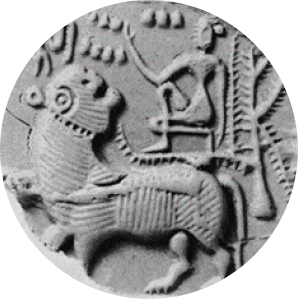For the sake of curiosity, I refitted my aging Minolta AL-F with a new battery and UV filter, and shot a roll of film. This is a camera I received at the age of 15 or 16, almost 35 years ago. I used it to take the majority of photos when I was younger and, later, most of my family albums. Up to a few years ago. Then I began to use newer cameras – either the cheap point-and-shoots that my brother sent me or the good digital cameras I have at the office. I became convinced that newer cameras must be better than the old Minolta.
But I always did enjoy taking photos with that camera, and had a kind of nostalgia for it. So I began to read up on the web about Minoltas of that era (late 60s, early 70s) and rangefinders in general. It turns out that the 1970s were a kind of golden age for cheap rangefinders. I didn’t find much on my particular camera – it wasn’t a popular model – but more can be found on Minolta hi-matics of the same era, and some of these seem to share the same lens. That’s a very average Rokkor 38 mm f2.7. Still, by the standards of today’s cheaper cameras, it’s quite a sharp lens. The camera too is sturdier than today’s breed, which explains why it lasted so long. It’s easy to take good photos with the AL-F since exposure is shutter speed priority based. You focus by the old parallax system; aligning a yellow diamond in the viewfinder centre. Parallax correction is provided in this camera. Any cheap electric flash can be placed in the shoe, for better results than most of today’s built-ins. An easy guide number system is used to calculate the flash exposure. It’s no longer possible to find today the mercury battery that the minolta uses. I bought the equivalent alcaline 625, which the man in the camera store said should work fine with negative film, and indeed it did.
The only other problem I had with the camera was a cracked viewfinder pane. I first gummed it with selatape, and then had the idea of using a thin piece of rigid plastic cut from packaging material, which fit snuggly in the frame without further need for tape.
Why would I go back to this old camera? Partly nostalgia, partly due to the reassurance received from reading on the web about cameras of this kind, but mainly because it really is a camera that’s comfortable to use, with more quality than other cameras in my price bracket. There are certain advantages to rangefinder cameras of this kind, too, like a very large bright viewfinder, which is wider than the frame itself, no blackout at the time of the exposure, and no on-off switch to wait for. The viewfinder is great for my aging eyes as I can leave my glasses on when focussing.
Although there are conveniences that come with digital cameras, these have been diminished by the fact that photolabs readily provide a photo disk at processing time. The digital copies on the disk are fine for printing and can be batch-processed down to screen size with free software like Irfanview in Windows or Imagemagic in Linux.
The disadvantages with my Minolta are what they always were – no way to override the semi-automatic settings, no chance to shoot at a wider aperture than f2.7, and no interchangeable lenses.
Such cameras are a bargain. I think the Minolta cost just over $100 originally – the equivalent of about $450 in today’s dollars. Its worth today is probably less than $10 at an auction. That’s an advantage too, considering that the spanking new Canon EOS 3 we purchased last year was stolen before I really got a chance to use it. Smaller digital cameras are also a hot item for pickpockets in the world’s vacation spots. But who would bother stealing a worthless 1970s camera?
